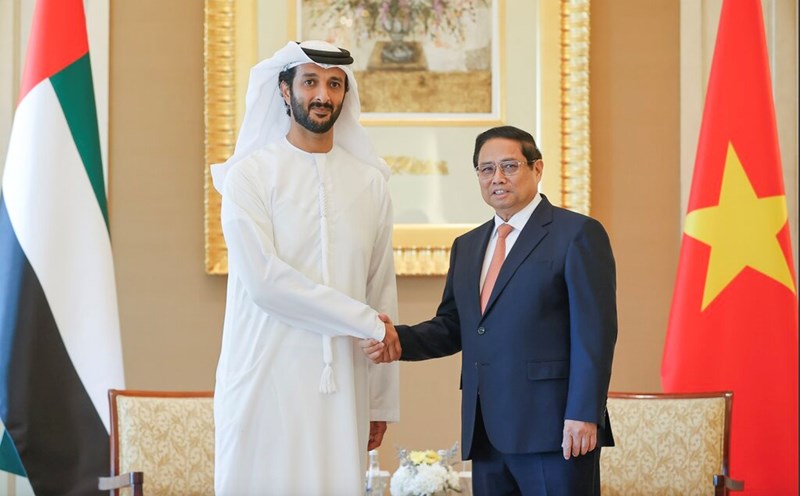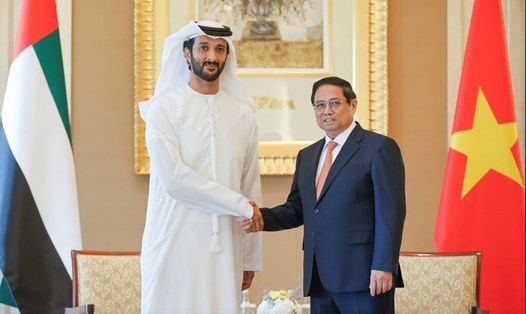The billion dollar fish
As of October 15, 2024, the export turnover of pangasius reached 1.56 billion USD.This is considered a great achievement of Vietnamese agriculture because it not only affirms that pangasius is a billion-dollar fish, but also shows that the export value is showing positive signs.According to the analysis of the Department of Fisheries, although the output of pangasius in 2024 is estimated to reach only 1.67 million tons, equal to 99% compared to 2023, the turnover increased by 8.9%.
According to the representative of the Vietnam Pangasius Association, pangasius is a high-value product, with only about 6,000 hectares of farming area, but annually brings in 1.5 - 2.4 billion USD, contributing to creating jobs for 250,000 workers with stable income.Furthermore, accounting for 52% of global output and 90% of global trade, pangasius has also made Vietnam the world's leading producer and exporter of this product.
The conference to review the pangasius industry in 2024 and discuss solutions to implement tasks in 2025 took place on November 17 in Cao Lanh City, organized by the People's Committee of Dong Thap province in coordination with the Ministry of Agriculture and Rural Development (MARD). It was agreed to set a target of striving for a pangasius output of 1.65 million tons in 2025, with an export turnover of 2 billion USD.
Many challenges remain
FAO forecasts that by 2030, global seafood consumption for food will increase by 18% compared to 2018, equivalent to 28 million tons. For farmed seafood, including pangasius, it will be the main source of supply. However, the pangasius industry faces a double disadvantage.
A representative of the Vietnam Pangasius Association said that the quality of fingerlings - an important link in the pangasius industry chain - is at a very poor level because the loss rate of fingerlings is up to 90%.
Currently, there are 1,920 facilities producing and raising pangasius fry nationwide, but to date, only 61/76 facilities producing fry and 97/1,842 facilities raising fry have been granted a Certificate of Eligibility. Most farmers have the habit of buying fry from facilities that have not been granted a Certificate of Eligibility, so farmers waste money, which directly reduces the health of the fish.
Conquering new markets
According to Mr. Tran Dinh Luan - Director of the Department of Fisheries, this is a complex problem, requiring the cooperation of many sectors and units. It is not only about creating new vitality for the organic link between enterprises - farmers in the direction of community responsibility - rights; or removing procedures in implementing aquaculture planning, ... but also the stage of providing breeds, aquatic feed and medicines, chemicals in livestock farming; researching consumer eating habits to support enterprises in expanding the market.
Another issue is to explore new markets to create new vitality for the industry. The representative of the Ministry of Industry and Trade proposed the Muslim community market. With a population of over 2 billion people worldwide, international forecasts show that the economic scale of this community will grow very strongly: reaching 7,700 billion USD in 2025 and increasing to 10,000 billion USD in 2028.
To enter this market, the product must be Halal certified. Meanwhile, Vietnamese pangasius is classified as a Halal animal according to the provisions of the Muslim community's Bible. This shows that Vietnamese pangasius has a wide path...
“Forming a closed chain in production - processing - consumption according to a green journey, not only helps the pangasius industry adapt to new conditions, but is also a passport for Vietnamese pangasius to conquer new markets, including the Muslim market” - Deputy Minister of Agriculture and Rural Development Phung Duc Tien emphasized the positive message for the pangasius industry to develop sustainably in the future.











